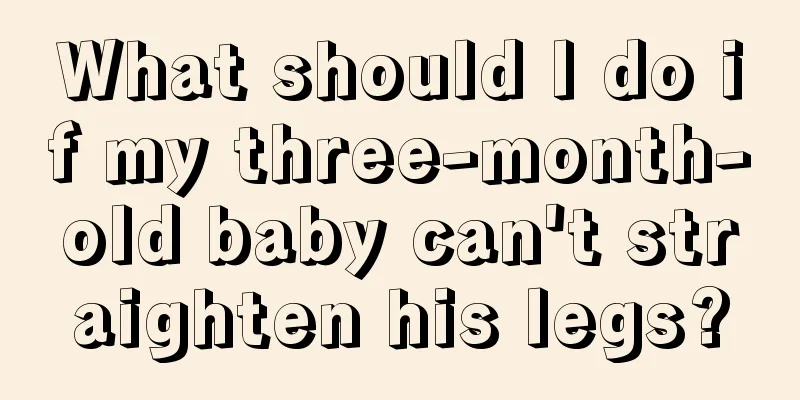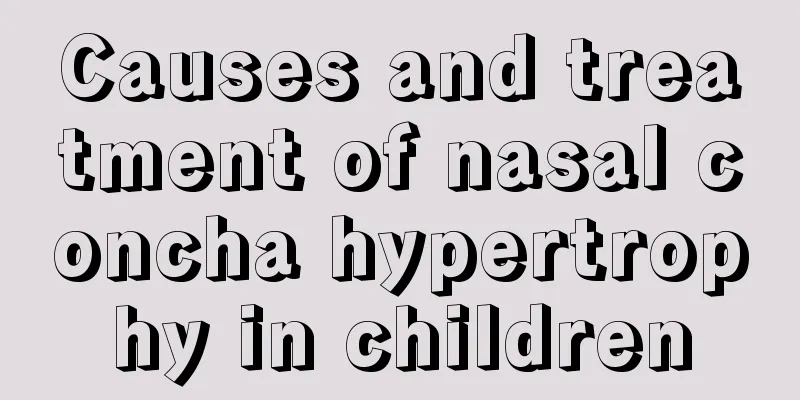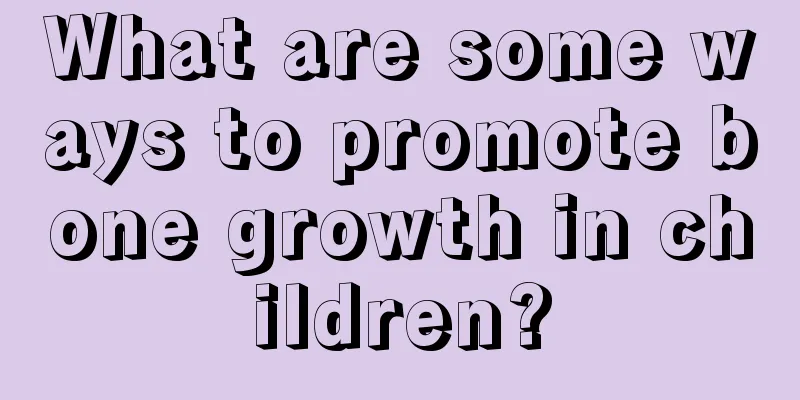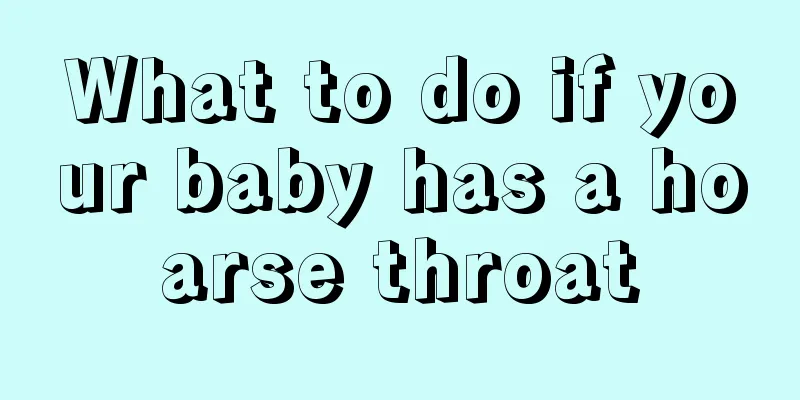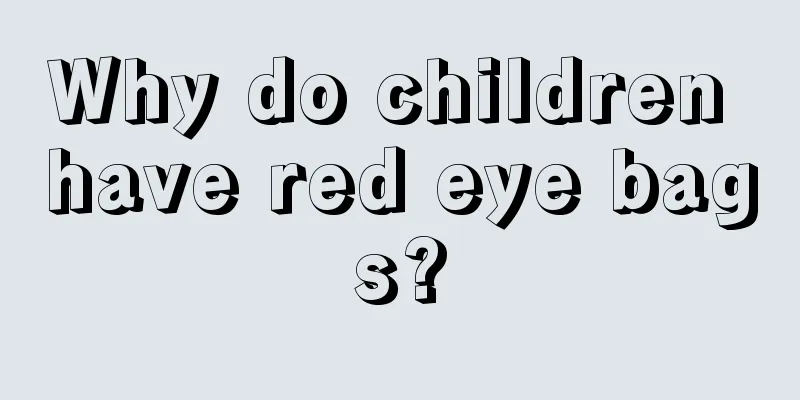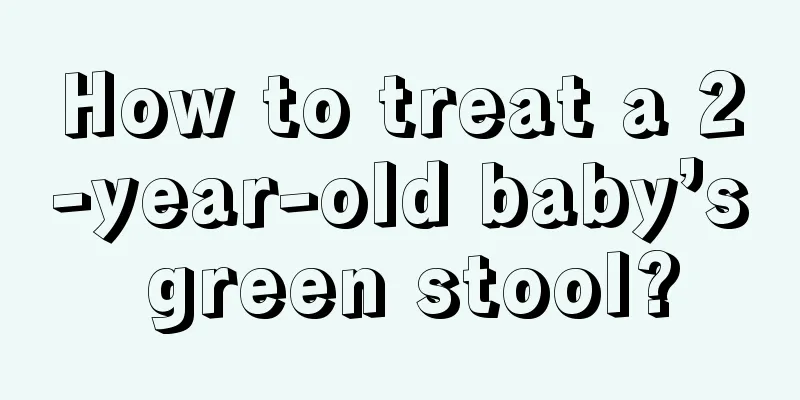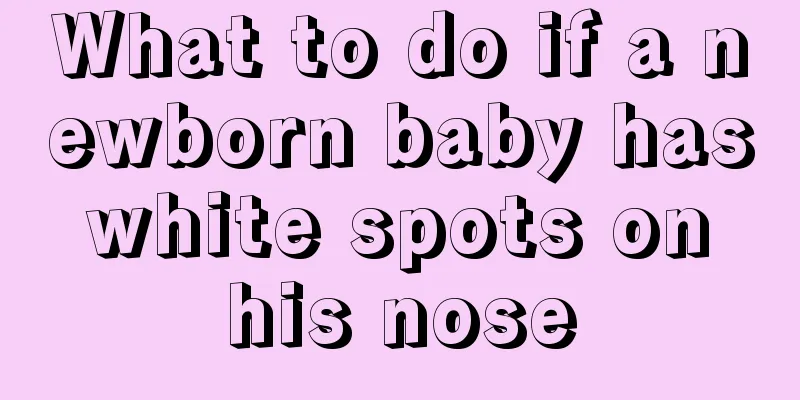There are white spots in the child's throat
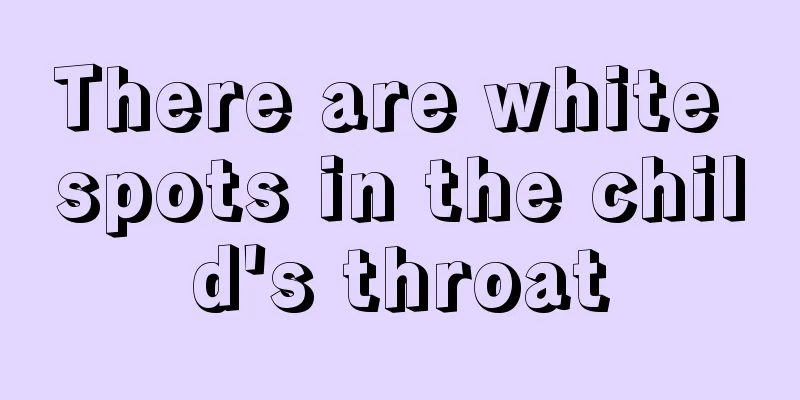
|
Children's resistance is relatively low, which is why they are susceptible to many diseases. Many parents will find that their children have small white spots in their throats, which is most likely caused by herpetic pharyngitis. This disease has a great impact on children, especially on their eating and digestive systems, so active treatment is needed.
Most of them are caused by Coxsackievirus. Types 2, 4, 6, 9, 16, and 22 of group A can cause this disease. Types 1 to 5 of group B can also cause disease, but they are less common. In addition, echovirus types 3, 6, 9, 16, 17, 25 and enterovirus type 70 can also cause this disease. Patients with herpetic pharyngitis and latently infected persons are the main sources of infection of this disease. It can be transmitted directly through the intestinal tract and respiratory tract, or indirectly through contaminated hands, food, clothing, utensils, etc. People of all ages can be infected, but it is most common in people aged 1 to 7 years old. Infants and young children are prone to disease because their respiratory barrier function is insufficient, their respiratory mucosa is tender, their respiratory secretions of immune substances to resist bacteria and viruses are insufficient, and their respiratory "self-cleaning" function is poor.
The incubation period is 2 to 4 days. Fever often occurs suddenly, and the fever is mostly low or moderate, occasionally as high as over 40°C, and even causes convulsions. The fever usually lasts 2 to 4 days. Older children may complain of sore throat, and severe sore throat may affect swallowing. Infants and young children will show symptoms such as drooling, refusal to eat, and irritability. Sometimes it is accompanied by headache, abdominal pain or myalgia, and 1/4 of children under 5 years old may experience vomiting. Typical symptoms occur in the pharynx. Symptoms include congestion of the pharynx, and the appearance of several (ranging from 1 to 2, up to more than 10) small (1 to 2 mm in diameter) gray-white blisters surrounded by a red halo on the oral mucosa within 2 days of the onset. After 2 to 3 days, the redness intensifies and expands, and the herpes breaks open to form yellow ulcers. This type of mucosal rash is often seen on the anterior pillars of the tonsils, but may also be located on the soft palate, uvula, and tonsils, but does not involve the gums and buccal mucosa. The course of the disease is generally 4 to 6 days, occasionally extending to 2 weeks. Some children with hand, foot and mouth disease have herpetic pharyngitis as the first symptom, followed by a red rash on the palms, soles, buttocks and other parts of the body.
Herpetic pharyngitis is highly contagious and should be treated in isolation. Tableware, toys, etc. used by the child should be disinfected to prevent cross infection. During the illness, pay attention to rest, drink plenty of warm water, eat more fresh vegetables and nutritious and easily digestible foods to enhance the body's resistance. Avoid eating spicy food and do not eat food that is too hot or too cold. There is currently no specific treatment for enterovirus infection, and treatment is mainly symptomatic. Pay attention to oral hygiene and keep your mouth clean. You can gargle with light salt water, apply 10% silver nitrate to the ulcer, or use throat elixir, Bingpengsan, etc. to blow into the throat to relieve the symptoms of sore throat. Take vitamin C and B orally. For mild and moderate fever, physical cooling is the main approach. If the body temperature exceeds 38.5℃, antipyretics such as ibuprofen can be given. Patients with high fever convulsions and severe myalgia may be given appropriate sedatives and analgesics. Antiviral treatment options include ribavirin, ganciclovir, interferon, etc. Antibiotics are ineffective for viral pharyngitis, but if bacterial infection is suspected, antibiotics may be used as appropriate. Traditional Chinese medicine treatment has a certain effect on this disease. The commonly used methods are detoxification, relieving sore throat, removing dampness and reducing fever. It is divided into two categories: oral and topical. The medication should be selected according to the condition of the disease. Helium-neon laser irradiation of the tonsil points and Hegu point in the throat for 3 minutes each can have a certain therapeutic effect. |
<<: The back of the baby's hand was swollen due to mosquito bites
>>: What are the white spots on the child?
Recommend
What are the methods of reducing fever in children through medication?
Nowadays, there are a lot of people suffering fro...
Will my baby have diarrhea if he gets a fever?
When the baby wakes up in the morning, there is s...
The harm of hormone ointment to babies
When giving medication to babies, parents must be...
What should I do if my child’s wound becomes festered?
In life, we often suffer from wounds of varying s...
Two-year-old baby always falls when walking
As babies grow up, they will continue to learn an...
Should babies' overbite be corrected?
Overbite is a type of dental deformity. Patients ...
How to treat children's ADHD?
There are fewer children suffering from ADHD now ...
Can children eat Wuchang fish?
It is helpful for children to eat some fish in th...
What is the problem of newborn drooling frequently?
In the process of caring for newborns, parents sh...
What are the symptoms of a child with low IQ?
As parents, we all hope that our children are sma...
What is the cause of the baby's heart noise?
If a child has this kind of heart noise, it may c...
What to do if your newborn refuses to sleep
Some parents report that their babies always refu...
What should six-year-old children eat to supplement calcium? This thing is indispensable!
In daily life, many foods contain some nutrients ...
Should a child's rotten teeth be extracted?
If a child's molars are rotten, whether or no...
When can a baby with six fingers undergo plastic surgery?
Genetics, marriage between close relatives, long-...
